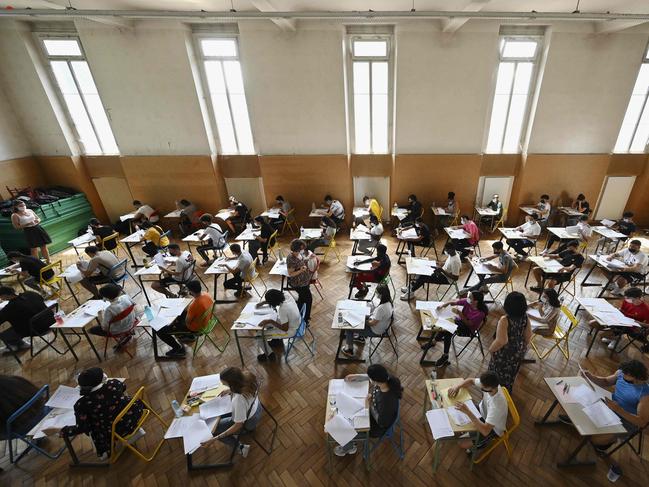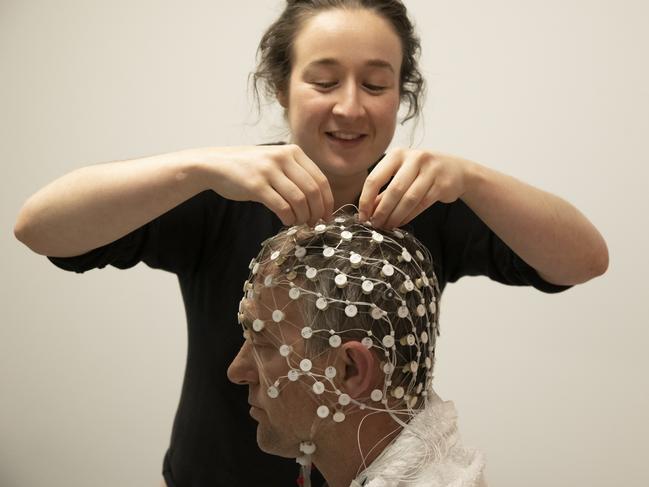High ceilings linked to poorer exam results, new research finds
A surprising link between ceiling height and students’ performance in exams has been uncovered in a landmark study by two Australian universities.
Education
Don't miss out on the headlines from Education. Followed categories will be added to My News.
Students who sit their exams in large cavernous halls are getting poorer results, a new study has revealed.
The research from the University of South Australia and Deakin University analysed data from 15,400 university students between 2011-2019 across three campuses, and compared students’ exam results with ceiling heights of the room in which they sat the examination.
Often, universities and schools will use large halls, gymnasiums or auditoriums for exams to streamline logistics and costs.

Architecture and psychology-trained UniSA researcher Dr Isabella Bower and educational psychology researcher Associate Professor Jaclyn Broadbent from Deakin University, found that students had lower scores than expected when sitting exams in rooms with an elevated ceiling.
This finding persisted even after factoring in variables such as the students’ age, sex, time of year when sitting the examination, and whether they had prior exam experience in the courses investigated.
“These spaces are often designed for purposes other than examinations, such as gymnasiums, exhibitions, events and performances,” Dr Bower said.
“The key point is that large rooms with high ceilings seem to disadvantage students and we need to understand what brain mechanisms are at play, and whether this affects all students to the same degree,” she said.
The results support previous experiments that Dr Bower has done using virtual reality (VR), measuring brain activity of participants exposed to different rooms, while controlling for other factors such as temperature, lighting and noise.

Using a technique called electroencephalography (EEG), where electrodes are attached to the scalp to measure brain cell communication, her team altered room sizes, while recording the brain’s response.
They also measured heart rate, breathing and perspiration, revealing if someone could unconsciously detect a change to the environment.
In these VR experiments, they found that simply sitting in a bigger room resulted in brain activity associated with concentrating on a difficult task. This led them to question if task performance in large spaces is reduced.
“Based on these results we were curious to apply our lab findings to a real-world dataset and see if being in a large space like a gymnasium while having to concentrate on an important task would result in a poorer performance,” Dr Bower said.
Assoc Prof Jaclyn Broadbent added that the results show that consideration should be given to the exam environment so students have the best chance at success.
“Examinations have been a key part of our education system for over 1300 years, shaping students’ career paths and lives,” she said.
“It’s crucial to recognise the potential impact of the physical environment on student performance and make necessary adjustments to ensure all students have an equal opportunity to succeed.
“These findings will allow us to better design the buildings in which we live and work, so we can perform to the best of our ability,” she said.
The study has been published in the Journal of Environmental Psychology.



